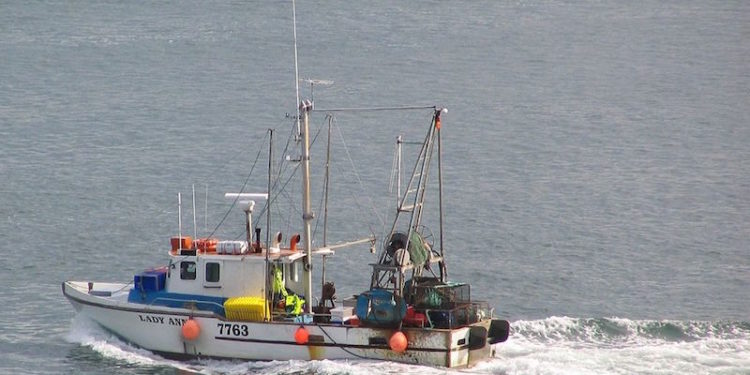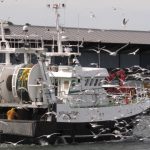Regulations for the digital monitoring of New Zealand’s commercial fishing activity have been announced and these are expected to bring about some key changes to how commercial fishing activity is monitored and reported.
According to New Zealand’s Ministry of Primary Industries (MPI), digital monitoring is made up of three systems – geospatial position reporting (GPR), catch reporting via e-logbooks, and cameras. These systems are expected to provide MPI with quicker and more accurate information about commercial fishing activity, which will allow for more agile and responsive fisheries management decisions.
All trawl vessels 28 metres and over will operate under GPR and e-logbook requirements from 1st October this year, representing over 70% of commercial catch by volume. All other permit holders will transition to the new systems over a six-month period through to 1st April 2018. All commercial fishermen are required to be fully compliant for activity starting on or after 1st April.
Cameras will be phased in across the commercial fleet from 1st October 2018, with all commercial vessels to be fitted with cameras by 1st April 2020. This will provide MPI with the ability to verify reporting, which until now has been difficult without on-board observers, and is also expected to act as a significant deterrent to illegal behaviour.
Without exceptions, all commercial fishing permit holders will be required to use the GPR and e-logbooks systems. Vessels used exclusively for hand-gathering and diving, and tenders used solely for purse seining, are excluded from the requirement to use cameras.
Consultation with Māori and industry on the specifications of the new systems, and how they will operate on vessels are in progress.









